Any skin condition that deviates from the norm causes concern. Crusts on the head of babies are a normal condition. Despite this, many parents want to get rid of them as soon as possible so as not to spoil the aesthetic appearance child.
The main thing in the article
Crusts on the head of a newborn: normal or disease?
Postpartum crusts on the head of a newborn do not pose a threat and are not a disease. This is a kind of dandruff associated with the work of the sebaceous glands of the newborn. On the baby's head, their localization affects the forehead and parietal lobe. Color can be yellow, brownish and transparent. The crusts that appear after the removal of generic ones are not the norm. The reasons may be:
Usually, massaging does not cause damage to the underlying brain tissue. - Do not remove the scale with your fingers as this increases the risk of infection. - In order to avoid the accumulation of dead cells in the skin, brush or comb gently and carefully the baby's hair.
To properly treat, you need to thoroughly clean the wound, says Philippe Deshayes, Ph.D., a dermatologist. If the wound is superficial or shallow, disinfect with a low alcohol antiseptic before applying antibacterial cream. A conventional or hydrocolloid dressing can be used, in particular, on ampoules or in case of circulatory disorders. To avoid the appearance of an indelible brown spot caused by inflammation, the damaged area is not exposed between 10:30 and 16:30 and is protected by a full screen as soon as it comes out.
- Always wearing a hat.
- Allergy to frequent shampooing or to shampoo in general.
- Dry skin.
Only a doctor can answer the question of whether crusts are a disease or a norm. If it turns out that it is an allergy, visit an allergist. He will suggest the next steps.
Where do the crusts on the head of newborns come from?
There are many more sebaceous glands on the scalp than in adults. Their active work leads to the appearance of crusts. In a newborn baby, yellow crusts appear some time after childbirth and gradually disappear on their own. Also, crusts may appear over time if the child's skin is dry or the baby is allergic to shampoo.
When the deep layer of the skin is damaged, the small damaged vessels are repaired and the cells cleanse the wound. During this phase of tissue repair, the "buds" of the dermis close off the skin. Watch out for scabs that prevent scarring. To prevent this phenomenon, a moist environment is supported by restorative and antibacterial creams rich in active ingredients that soothe inflammation and stimulate collagen. Humidity allows cells to divide much faster than outdoors and skin to recover faster.
Is it necessary to remove the crusts on the head of babies?
Pediatricians do not insist on the mandatory removal of crusts. They do not cause harm and may fall off on their own over time. But in order to give the child an aesthetic appearance, it is possible to remove birth crusts from the head with the help of certain means and methods. First, visit a pediatrician to confirm that the crusts are postpartum.
These creams can be used the day after absorbable yarn is inserted under the skin. In the case of classic seams, sea and pool baths are avoided. And we don't ask too much about the wound, because even if the threads are removed after fifteen days, it takes a month for the dermis to recover.
The entire healing process can take anywhere from eighteen months to two years. To restore skin elasticity, to help collagen fibers tighten and elastin fibers regenerate, self-massage is done twice a day for three minutes with or without cream. We start at one end of the scar and, by gently pinching the epidermis, we advance in palpation. You can also move your fingers to the unsightly brand and massage in a circular motion, right, left, top and bottom. Regularity is essential for good results.
How to remove crusts on the head of a baby?
In order to get rid of the crusts, you will need:
- vegetable or special baby oil;
- cotton hat.
How to remove crusts:
- Spread cooled boiled vegetable oil or ordinary baby oil on the places where there are crusts.
- Put a cotton hat on your child's head and leave the baby in it for a couple of hours.
- After two hours, wash the child's head, gently massaging.
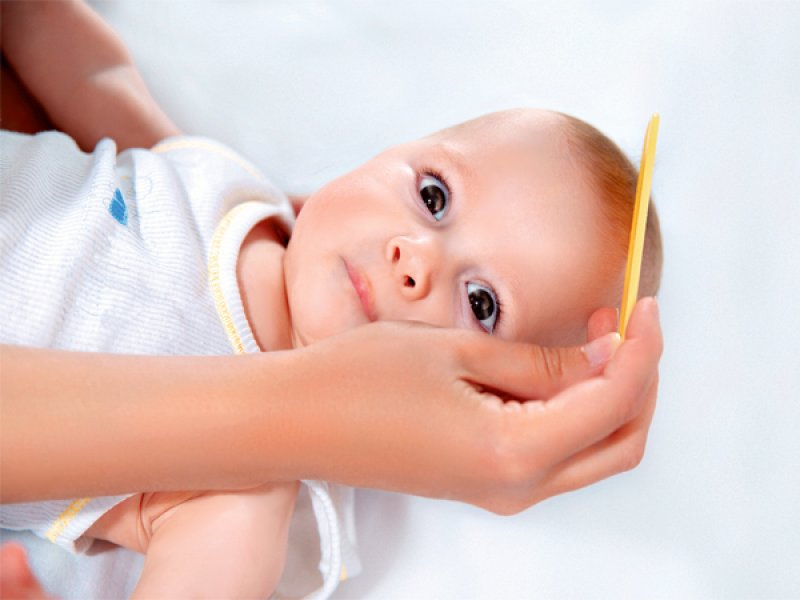
And again we protect ourselves from the sun. “Beautiful achromatic white scars, where the skin is no longer pigmented, will be all the more noticeable if the skin is severely burned,” notes Dr. Dominique Egasse, a dermatological oncology surgeon at the Pepley Hospital. It is believed that there is always a lipstick with high sun protection that is easy to carry and effective, advises Dr. Philippe Deshayes.
We don't treat everyone the same way, depending on our lifestyle or health: tobacco interferes with the formation of microcirculation and collagen, diabetes increases the risk of infection, and so on. After two years, if the scar remains red, you can act by masking it with laser sessions - plan in the winter, until March. Vascular laser reduces redness on hypertrophic scars, i.e. relief. Finally, it is always possible to disguise an obnoxious brand with a certain make-up. The latter also publish a comprehensive beauty guide for patients in the field of anti-cancer treatment and offer a specific cure for the consequences of breast cancer, in particular the treatment of scars.
Removal of crusts on the head of a child mechanically
To remove scabs mechanically the following manipulations are necessary:
- Lubricate problem areas with baby oil.
- Wait half an hour.
- Carefully remove the crusts with a baby comb. Do not overdo it, the baby's skin is delicate and vulnerable!
- If you are afraid to manipulate the comb, a terry towel will come to the rescue. Gently massage your baby's scalp with it.
- Rinse the oil with loose crusts from your hair with a mild baby shampoo.
- After bathing, re-walk with a comb or terry towel over problem areas.
The main thing - feel the measure! Don't rub too hard with the towel and don't comb too hard. Be aware that this is a gradual process. You will get rid of the crusts, but not in a couple of procedures, so be patient.
Healing cream stars
Presents yellowish crusts, sometimes surrounded by redness, on the head, may have itchy scalp. See your doctor if your child. Has seborrhea that persists for more than a few weeks, seems to have severe itching, has lesions on other parts of the body such as neck and armpit folds, back of ears, face and skin in contact with the layer.
What is head seborrhea
Seborrhea head, also known as "hat" or "milk crust", is a harmless, non-contagious, and common condition in infants.
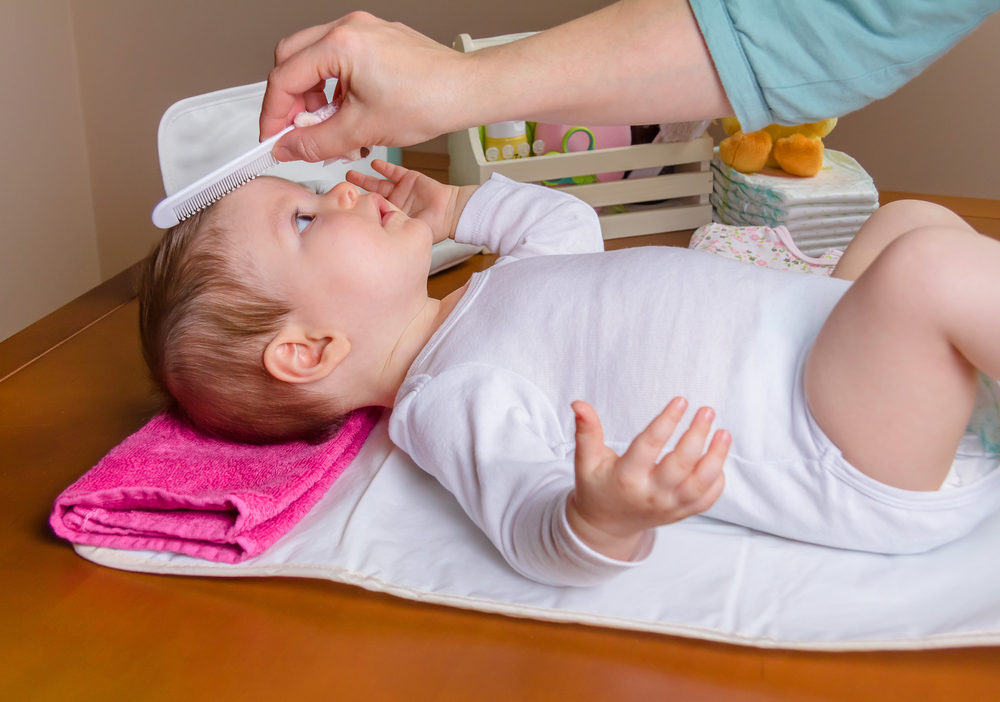
Shampoos to remove crusts on the head
The market for children's goods allows you to find great amount shampoos for children Let's dwell on the popular and effective shampoos that help in the fight against crusts:
- Shampoo-foam Mustela- does not sting the eyes and helps to remove crusts;
- Chicco Shampoo- quickly removes the aesthetic problem;
- Emulsion Oilatum (Oilatum) Recommended by pediatricians for problematic skin.
Special means for removing milk crusts in newborns
To remove milk crusts in infants, the following are suitable:
Exfoliating creams and gels:
This is caused by an excess of oily secretions produced by individuals located at the root of the hair. Seborrhea of the head is often accompanied by redness of the eyebrows, armpits, on the seat, or behind the ears. Seborrhea of the head usually does not require treatment. If homemade shampoos don't work, or if your child seems to be itchy, seek the advice of a healthcare professional. He will recommend a medicated shampoo.
Mechanical way to remove crusts
Pour it in, let it work for 10 to 15 minutes, rinse and use a soft brush to remove crusts. If you're having trouble removing scabs, apply olive oil or baby oil to your scalp. Let work for at least 1 hour, then use a soft brush to remove crusts. Then wash your child's hair with shampoo to remove oily deposits.
- Wash your baby's hair with a mild baby shampoo.
- Repeat every day as long as symptoms persist.
- Mustela- cream with a light texture that does not leave a greasy crust;
- our mother- a domestic remedy that helps in the fight against crusts;
- Histomer Osmin Cap- baby cream for gentle removal of crusts.
Baby oil:
- baby born- hypoallergenic oil with a convenient spray. The composition contains almond oil, sea buckthorn, calendula and grape oils, enriched with vitamin E.
- johnsons baby- high-quality oil for your children.
Special Shampoos:
Contrary to popular belief, milk rinds have nothing to do with milk, but with excessive sebum production. This seborrheic dermatitis, so common in the first few weeks of an infant's life, as it is called in medicine, appears on the scalp of newborns, forming small yellow crusts.
Causes of an external nature: why crusts formed
Milk crusts: why do they form? Milk crusts will be caused by the constant presence after delivery of pregnancy hormones in the baby's body. These hormones affect the seborrheic secretions of the sebaceous glands. As a result, excess secreted sebum causes agglomeration of dead cells in the baby's scalp. Over time, the hormones responsible for this overproduction gradually disappear and therefore the milk rinds too!
- Mustela- high-quality French shampoo to combat crusts;
- Chicco- Italian shampoo for children;
- Uriage- French emulsion to get rid of seborrheic crusts.
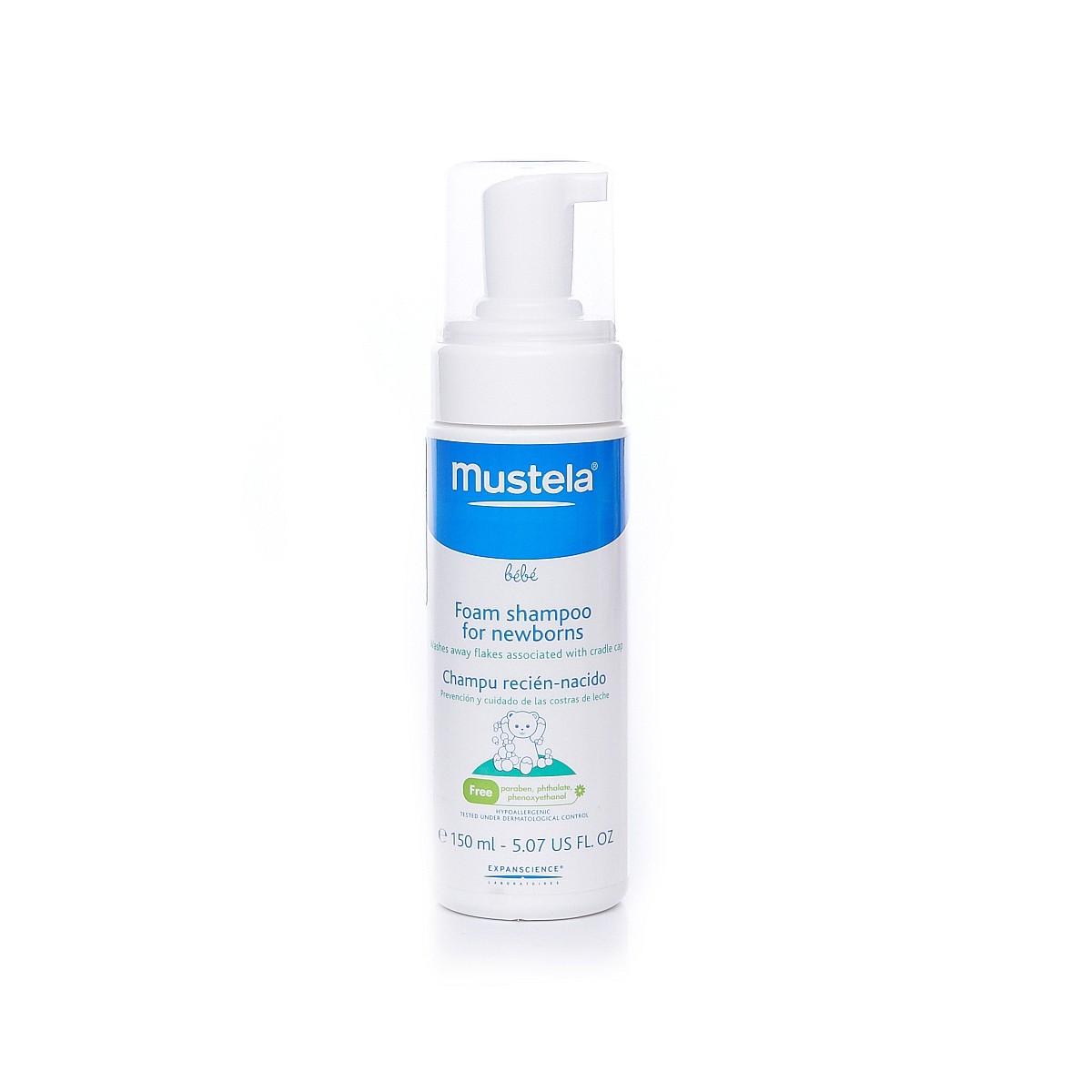
Dr. Komarovsky about the crusts on the head of a child
The famous pediatrician Komarovsky believes that crusts are an age-related feature of children. The process of combing or getting rid of them is not mandatory. The doctor claims that not a single hygiene product will ideally remove milk crusts.
Although seborrheic dermatitis is not directly related to breastfeeding, it is also not due to lack of hygiene. In all cases, the appearance of milk crusts is temporary, since after a few months they will disappear spontaneously over time.
How do they look? Milk crusts are easily recognizable as they form reddish patches on the scalp of infants less than eight months old, although the phenomenon may continue beyond that. As a rule, they are covered with dead yellowish and greasy skins called scales. These thin layers of the epidermis are gradually separated by the action of friction or movement in the form of capillary films.
He advises using softening oil and a blunt-toothed comb. If the child has long hair, the process will be problematic. The crusts can really be combed out if you cut the child's hair shorter. In the event that cutting a baby is not included in your plans, it is quite realistic to wait for the moment when the crusts go away on their own.
The child is a year or more, and he still has crusts on his head
If you did not remove the crusts, and they remained in a child who is one year old, visit a doctor. Let him confirm that this is not a disease, but really milk crusts.
These dermatological manifestations do not cause itching. However, it is recommended to consult a pediatrician so that they do not become a high breeding ground for bacteria, and sometimes the dermatitis spreads to the child's face, hands, or even the genitals. more rare cases, we will talk about seborrheic eczema.
You can often wash your hair with a suitable shampoo before gently removing dandruff with a soft bristle comb. After the product has been in for a few hours, brush your hair to remove dandruff. Wash your child's hair to remove excess oil. Repeat the procedure as many times as necessary.
- In a child older than a year, crusts on the head may be a manifestation of skin dermatitis. This disease is inflammatory process where the sebaceous glands are involved.
- Crust also causes a fungus that settles on the scalp. In this case, treatment will be required.
- If these are ordinary crusts, they can be removed with oil or other special cosmetics. The main problem is that a child has longer hair per year and it is problematic to comb out the crusts.
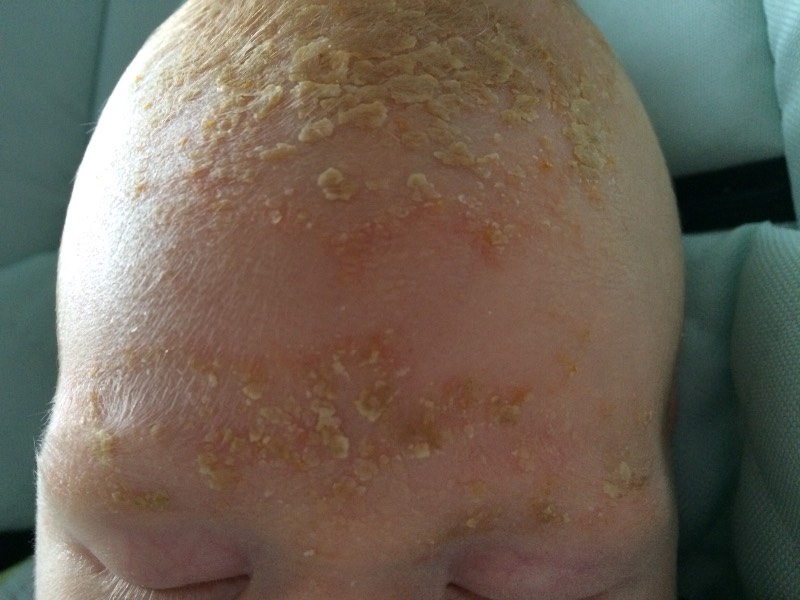
If one or more milk crusts become inflamed, your pediatrician will likely recommend using an antifungal cream or a topical antibiotic. To reduce the risk of infection, it is recommended not to remove crusts that do not naturally detach.
Can they be prevented? If the formation of milk crust is due to a natural and benign phenomenon, some precautions can reduce their appearance, so you should wash your baby's scalp daily with a suitable mild soap. in favor of buying toiletries specifically designed for babies' fragile skins.
Crusts on the head of an adult child: why do they appear and how to treat?
Crusts in babies are normal and do not cause panic. What can not be said about the crusts on the head of an adult child. Be sure to visit a doctor who will identify the disease and suggest the correct treatment. Crusts on the head in an adult child can cause:
Apply while shampooing. fine massage on the scalp of the child, avoiding friction. Then take care to dry your hair thoroughly before using a soft brush. These milk rinds, which are often seen on the skulls of babies, are named for their resemblance to milk that would dry out in baked goods. In medical language, we are talking about baby seborrheic dermatitis. Where do milk rinds come from?
What contributes to the growth of crusts
These small white or yellowish plaques actually correspond to the accumulation of dead skin, such as adult dandruff, on the scalp and sometimes on the forehead, eyebrows, and temples. These crusts are associated with excess production of sebum, an oily substance that protects the skin from dryness.
- Seborrhea of the scalp - appears due to the fact that the normal activity of the sebaceous glands is disturbed.
- Allergy is the sensitivity of the body to certain foods, personal care products, medications.
- Fungal diseases - damage to areas of the skin by a certain type of fungus.
Treatment can only be prescribed by a doctor after passing the tests:
This sebum is produced by the sebaceous glands, which are located under the skin. They are connected to the hair follicles by a small channel that will allow the elimination of this substance, consisting of fatty acids, wax and skin debris. When sebum is produced in excess, dead cells remain trapped and agglutinate to form these milk crusts.
Why are seborrheic crusts dangerous?
If these crusts are not very aesthetic, they do not have any gravity character. First of all, you should make sure that they do not become infected. For starters, don't scratch them with a nail or comb, as this can irritate your scalp, which will then make more sebum.
- If the skin is affected by a fungus, an antimycotic drug will be prescribed.
- With allergic dermatitis, it is necessary to treat it with antihistamines.
- With seborrhea, you should use special therapeutic shampoos.
Prevention of the appearance of crusts on the head in children
To prevent the reappearance of crusts on the head of the crumbs, you need:
Video: How and with what to remove a seborrheic crust
You should wash your baby's hair with a mild shampoo every 2 or 3 days. You can rinse with water every day and use a bristle brush to gently remove crusts. You can also massage your scalp with a little Vaseline. In principle, the crusts disappear after a few weeks.
Milk rinds, what is it?
Milk crusts are excess sebum that appears as dry or wet eczema. The name "milk crust" comes from the resemblance of the eruption to milk that spilled onto a cooking plate. There are two types of milk rinds: - dry form appears in the first weeks of life of infants, hereditarily predisposed to oily skin. - the wet form is accompanied by seepage and is part of the nursery allergic reaction.
- Maintain normal temperature and humidity in the room;
- Do not overheat the child;
- Wash your baby with bath products no more than twice a week.
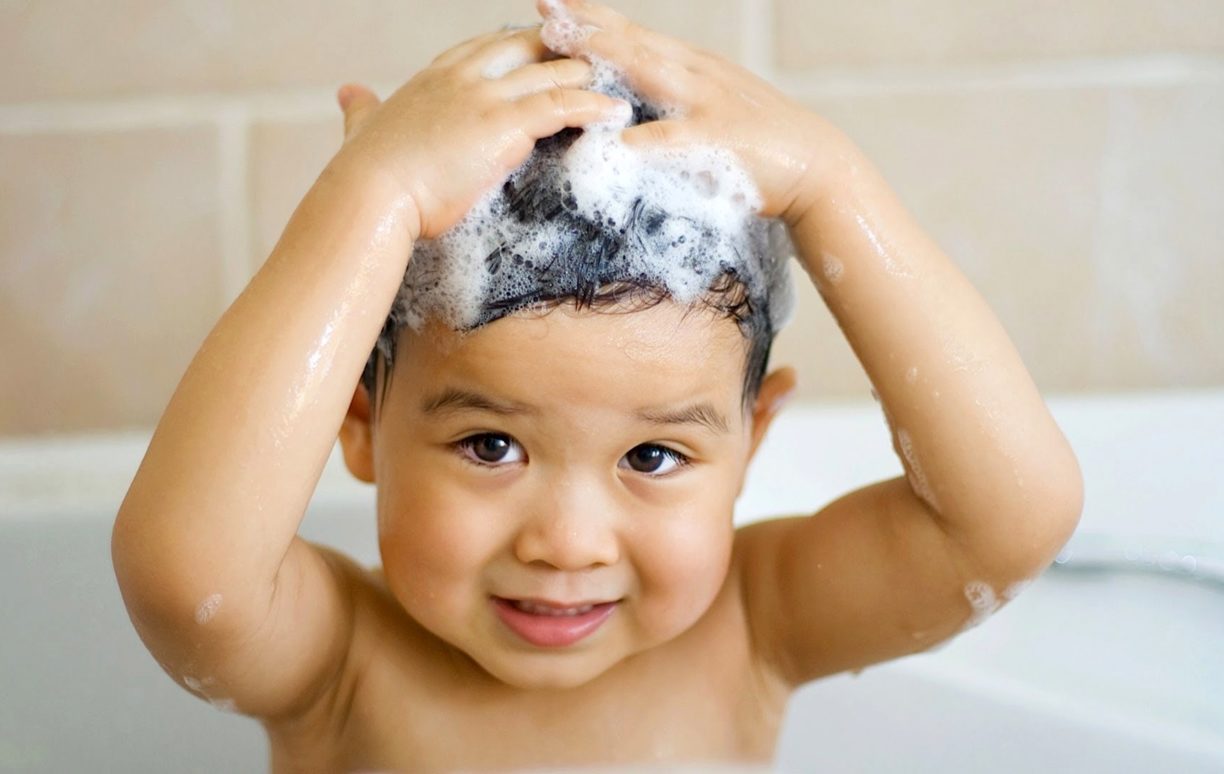
Video: removing crusts on a child's head
No matter how quickly you want to get rid of boring and spoiling the appearance of crusts, the main thing is not to harm children's skin. In the future, pay attention to the prevention of dermatitis. Choose high-quality shampoos, avoid frequent shampooing, and do not overdry your baby's skin. Subject to all the rules, the child's skin will be clean and beautiful.
The appearance of a light yellow or sometimes white crust on the head of a newborn is a common occurrence. She does not bring much concern to the baby, but parents often worry about the health of the child.
Why do crusts appear on the head of children and how to get rid of them? What exactly should not be done so as not to harm the baby?
Reasons for the appearance of crusts
Crusts on the head appear in almost every second baby. And regardless of whether the hairs on the baby's head are already growing. The name "seborrheic crusts" is common, because outwardly they resemble the symptoms of seborrhea. But in infants it has nothing to do with illness. The reason for the formation of crusts is the inability of the sebaceous and sweat glands to work properly. This usually goes away with age. 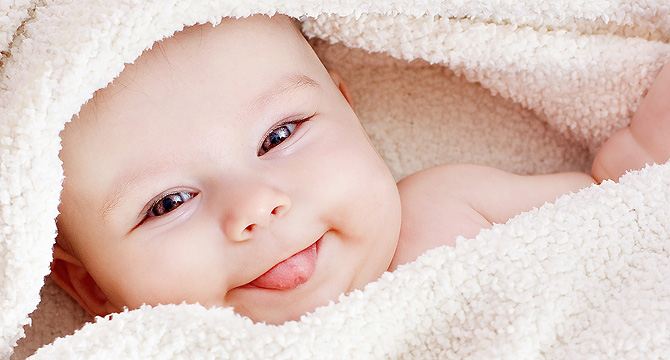
We remove the crust from the child
Do not attempt to mechanically peel or scratch the crust. So you can injure the delicate skin of the baby and cause an infection. In this case, the skin will become inflamed, and the child will experience discomfort. In order to remove the crusts, you will need cosmetic oil (you can use sterile vegetable, olive or vaseline), a comb with soft bristles, a thin cotton cap and baby shampoo. 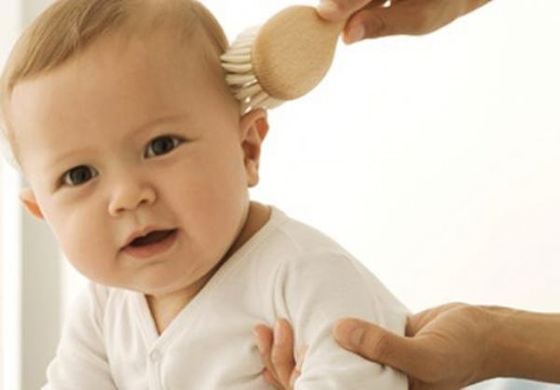
How to comb a crust on a child's head
• 20-40 minutes before bathing, rub warm oil into the baby's head, the crusts should be lubricated abundantly. To soften them better, put a hat on your head.• When bathing a child, gently wash the soaked crusts with shampoo.
• Immediately after bathing, start combing out the remaining soaked crusts with a soft brush. You need to comb in different directions, without applying much effort and without pressing on the skin. Carefully treat the fontanel on the baby's head: this is the most vulnerable spot that needs cleanliness.
How to properly bathe a newborn
• At one time, it is unlikely that it will be possible to completely get rid of the crusts, so the procedure should be repeated no more than 1-2 times a week.
Also, instead of oil, it is possible to use special shampoos that intensively moisturize the skin. The shampoo should be lathered on the baby’s head, rinse with water after a couple of minutes, and then begin to comb out the crusts with a brush.
If, after several repetitions of the procedure, the crusts still continue to appear, this may be evidence of an allergic reaction, diathesis. If you find that the crusts do not go away, this is an occasion to contact a pediatric allergist or dermatologist, followed by testing.
Causes of crusting in children and prevention
Although crusting in newborns is quite natural, parental actions can often exacerbate this process.1. Overheating of the child.
Even if the baby is put on a hat and wrapped in warm clothes even in hot weather, this can provoke and intensify the growth of crusts.
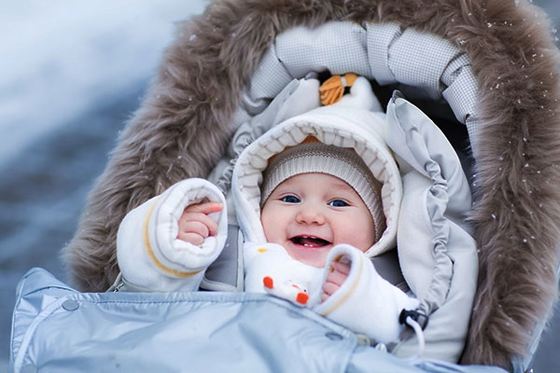
2. Frequent shampooing.
The skin of babies does not have sufficient protection, as in adults. Washing your hair frequently with soap, gel, or shampoo exacerbates the problem of crusts.
4. Using hygiene products that are not suitable for the baby. Fragrances, dyes and other components not suitable for babies will only increase the appearance of crusts. Therefore, you need to choose shampoos specially designed for sensitive baby skin.
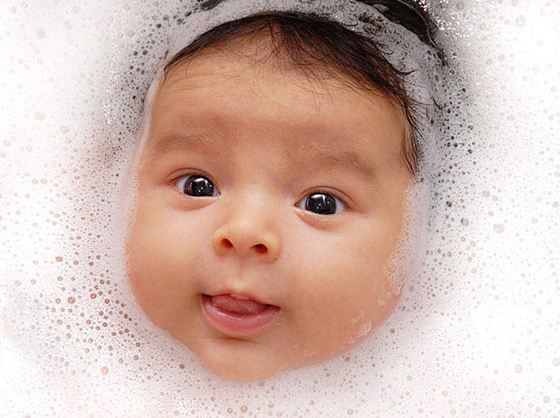
5. Frequent combing.
The comb, one way or another, irritates the baby's scalp, so too much brushing can contribute to the formation of crusts.
The editors of uznayvse.ru hope that our article has helped you understand the causes of crusts on the head of a newborn.
